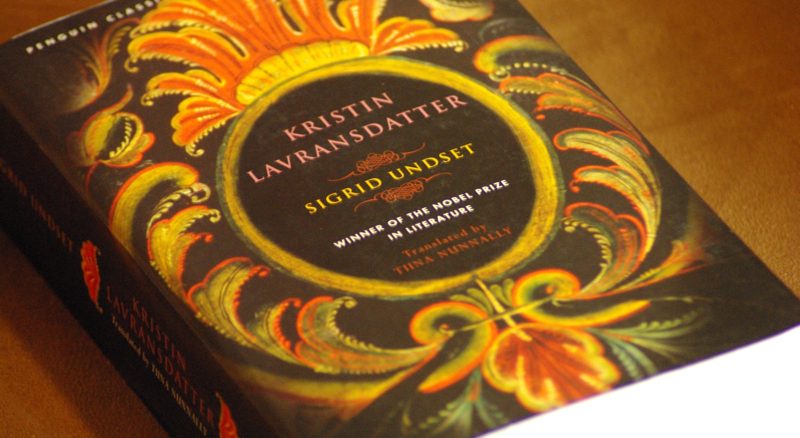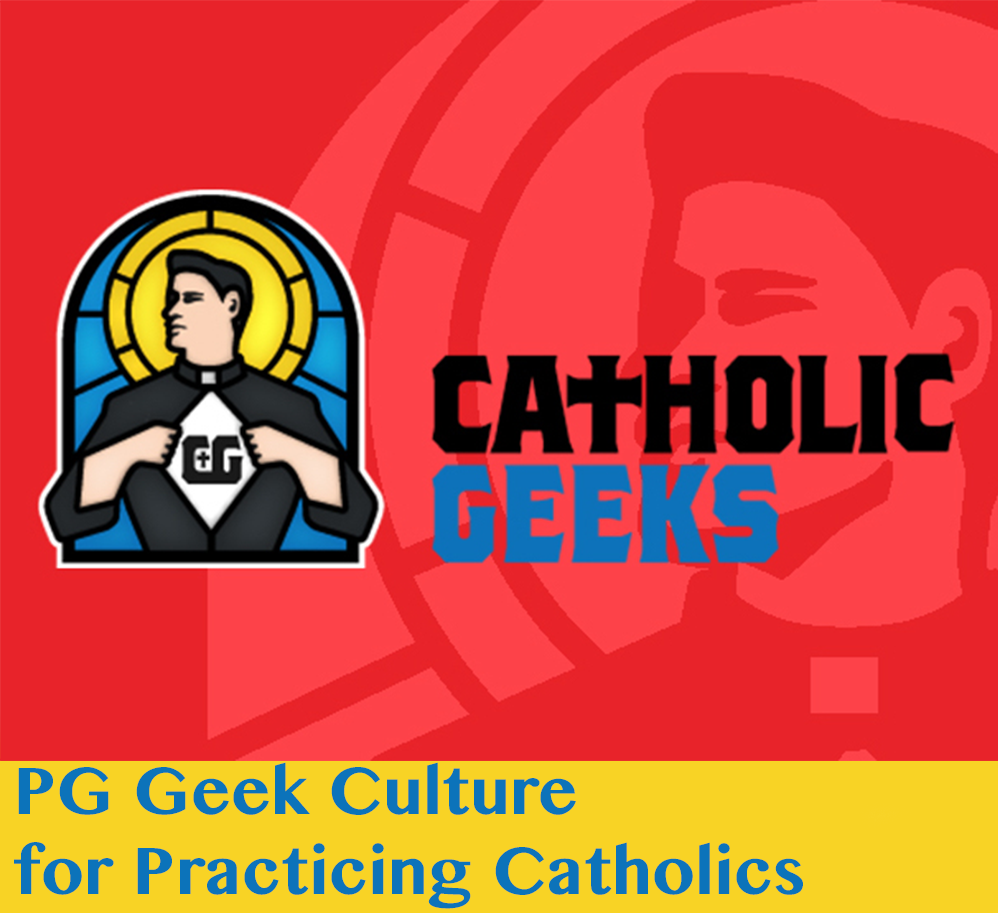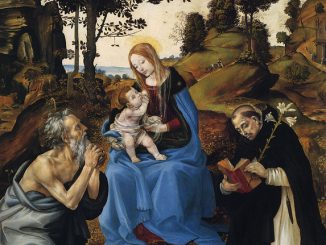
Earlier this week, I realized my mother is the one who taught me how to tell a good story. My head holds memories of my siblings and I seated at the kitchen table while my mother recounted times that her mother chastised her, her friends got her in trouble, or her then-boyfriend now-husband impressed her. There was always a form, a beginning, a middle, and an end, although once she reached the end she would trail off into a different story, making it seem like there really was no end.
Because of my mother’s stories, I always felt very connected to my family although they were in Mexico or France and I was in the United States. My grandfather was always very present in my life, despite never speaking with him outside of my mother’s stories.
Nobel Laureate, Sigrid Undset, is not too different from my mother in this way. In her novel Kristin Lavransdatter, she gives an entirely whole view of the world, or rather, of its characters by telling simple stories the way my mother did. One of the great shortcomings of many novels is that characters are often pawns and not people. Kristin Lavransdatter never runs this risk, because much of the story is told through folk legends and town gossip.
For instance, the first key conflict of the novel concerns Kristin discovering feelings for her childhood friend Arne just after being betrothed to Simon. While Arne makes advances, the two worry about the rumors that might be spread about, so they decide to meet in secret. Much of Kristin’s thoughts about her situation are mediated through epics of great saints, rumors about women not too different from herself, and the stories her father had told her.
Sure, this could have been just an amusing writing style for a novel, but as the novel progresses, and characters from the stories become relevant, it is made clear that folk-tales and rumors were great literary tools Sigrid Undset used to bring her characters to life. They not only allowed for rich characters, but it allowed a level of interaction that the reader could have with the constructed world. Kristin’s father Lavrans spent much of the first part of the book concerned with what kind of man Erlend was because of what people said about him. The reader was told the same stories Kristin and Lavrans were told, and that allowed for readers to share in the characters experience. This way, once Kristin finally became concerned with Erlend’s reputation, the reader could be concerned with her. In this way, stories weren’t simply for the reader to come to know characters, they were also for characters to come to know other characters.
The story-within-a-story format allowed for a complete world. For example, in The Handmaid’s Tale, the protagonist of the book compared every male character to each other, grouping all men into one category and all women into another. Kristin Lavransdatter, however, allowed for human beings to be their own people independently of the protagonist by letting them live in their own stories. Once their stories began to overlap with Krstin’s, their actions related them back to Kristin, making them relevant to the main action of the novel. Consequently, the main division of characters and actions in Kristin Lavransdatter wasn’t dependent on the world’s relation to the protagonist the way it was in The Handmaid’s Tale. The division was good and evil, good being virtues like moderation, bravery, and prudence, evil being vices like irascibility, cowardice, and recklessness. Every character admits of some virtues and some vices, and they change and grow as time passes. The clear distinction between good and evil makes this progress easy to see, although sometimes the goodness of particular actions is difficult to determine.
Sigrid Undset was a master story-teller who properly expressed the human condition. Kristin Lavransdatter is a model novel, because it was about Kristin Lavransdatter, and not about Catholicism or why you shouldn’t have pre-marital sex or any other religion, idea, ideology, despite their presence in the novel. It never forces any world view on the reader, but it allows the reader to properly abstract one by simply expressing a well understood world. This is where the smaller stories take life – they are building blocks for the reader to see the world, rather than anecdotes for the reader to be convinced of one. Above all, it embodies what every writer must learn that my mother seemed already to have known: stories are about people, we tell them to remember them, we remember them because we love them. If you want to write stories about ideas fiction isn’t for you. Stories about anything other than people will always fall short of fiction and lie in the realm of witty anecdote.
Sigrid Undset’s success is why I can’t really call this a book review. Really, it’s a book recommendation. Kristin Lavransdatter is a masterpiece, and ought to be read by anyone interested in a good story.



